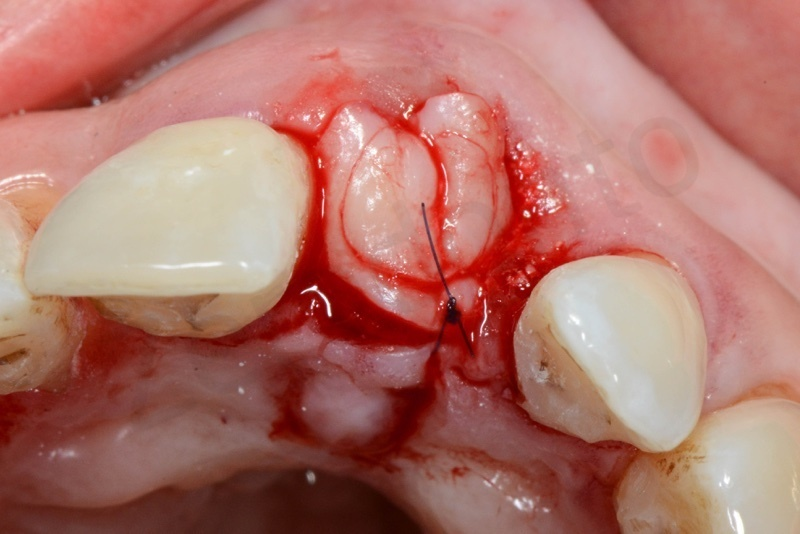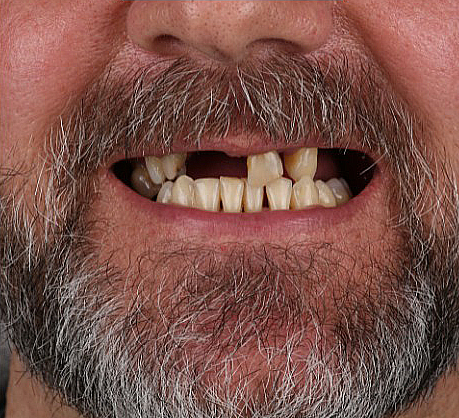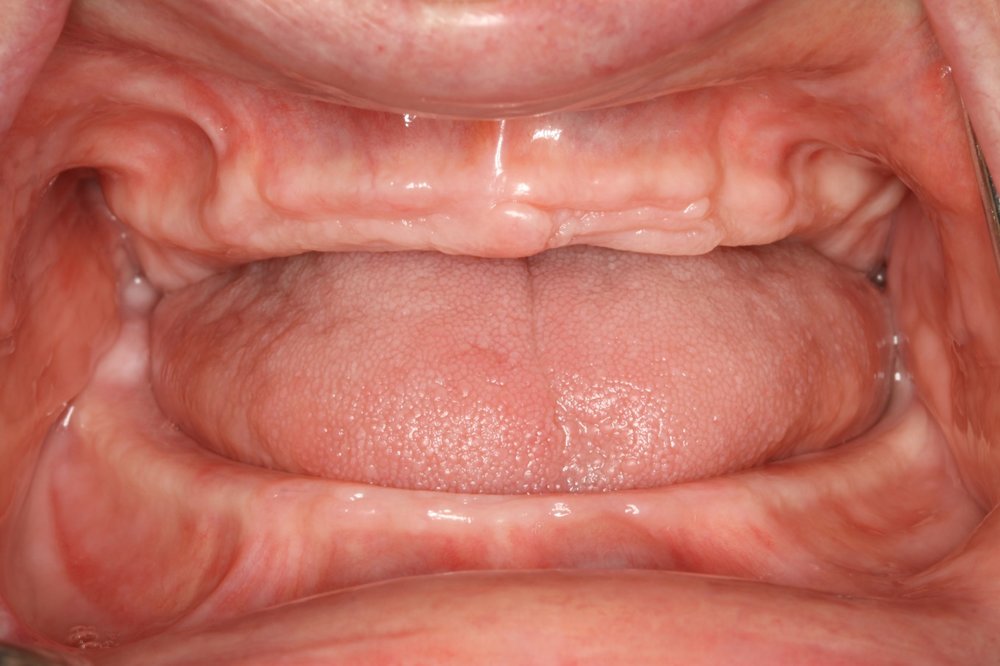This is David and I am a dental implant educator at Chicago Implant Studio. One of the most common questions I get from our patients at their dental implant consultation session is “What is Bone Grafting for Socket Preservation?“
Bone grafting for socket preservation is a crucial procedure in restorative dentistry, especially when preparing for dental implants. This procedure helps maintain the integrity of the socket after a tooth extraction, ensuring a strong foundation for future restorations. This article sheds light on what bone grafting for socket preservation entails, its significance, and the process involved.
In This Article
Understanding Bone Grafting for Socket Preservation
Bone grafting for socket preservation, also known as alveolar ridge preservation, is a procedure performed after tooth extraction to prevent bone loss and preserve the socket’s structural integrity. It involves placing a bone graft material into the socket where the tooth has been removed. This procedure is especially important when planning for dental implants, as it maintains a sufficient amount of bone needed for the implant’s successful placement.
Why is Socket Preservation Necessary?
Following tooth extraction, the jawbone tends to resorb or shrink over time, which can lead to a loss of both bone width and height. This bone loss can make future implant placement more challenging and may result in a less aesthetically pleasing outcome due to the potential changes in facial structure. Socket preservation helps maintain the bone volume, providing a solid foundation for future dental implants and preserving facial aesthetics.
The Bone Grafting Process
The process of bone grafting for socket preservation involves the following steps:
- Tooth Extraction: The procedure begins with the careful extraction of the tooth, preserving as much of the surrounding bone as possible.
- Placement of Bone Graft Material: The oral surgeon then places the bone graft material into the socket. This material can be derived from various sources, including the patient’s own bone, donor bone, or synthetic materials.
- Socket Sealing: A collagen membrane is often placed over the graft to facilitate bone growth and healing, and the site is then stitched closed.
- Healing: Over the next several months, the graft material will help stimulate new bone growth, filling in the socket and preserving its shape and volume.
Conclusion
Bone grafting for socket preservation is a vital procedure in the realm of restorative dentistry, ensuring a stable and robust foundation for future dental implants. By preserving the integrity of the extraction socket, it promotes successful implant placement and helps maintain facial aesthetics. If you’re considering dental implants following a tooth extraction, consult with a dental professional to understand if bone grafting for socket preservation is necessary for your case.
If you are looking for state-of-the-art single and multiple tooth to full jaw All-on-4 dental implants, schedule a no-obligation free consultation with Chicago Implant Studio dental implant experts. Schedule a free consultation online today or call us at (331) 257-7999.






